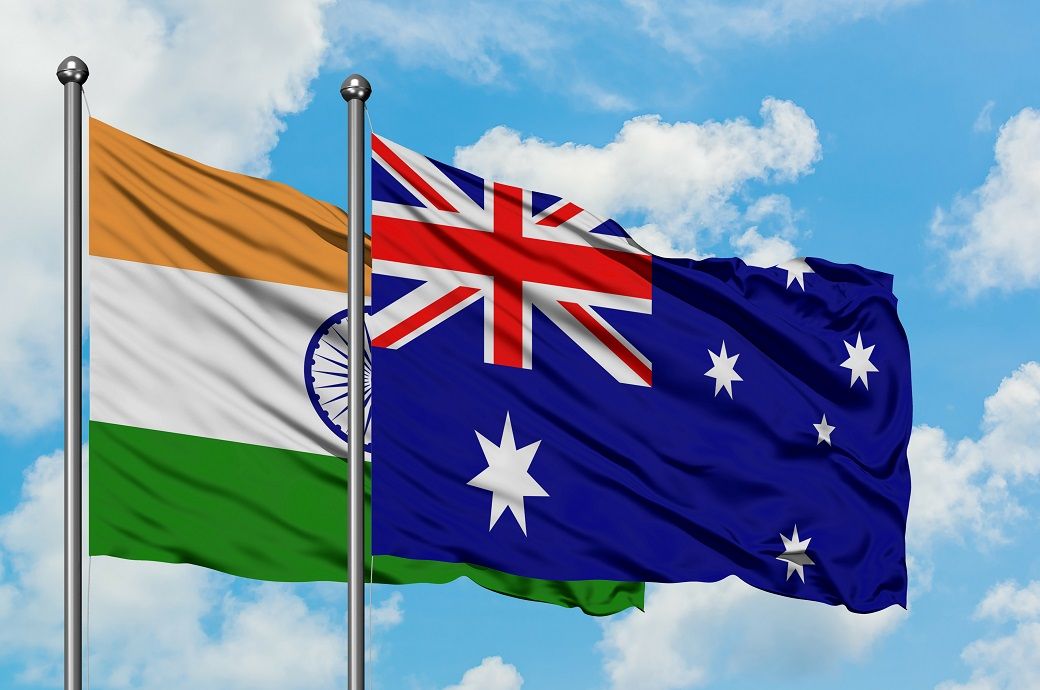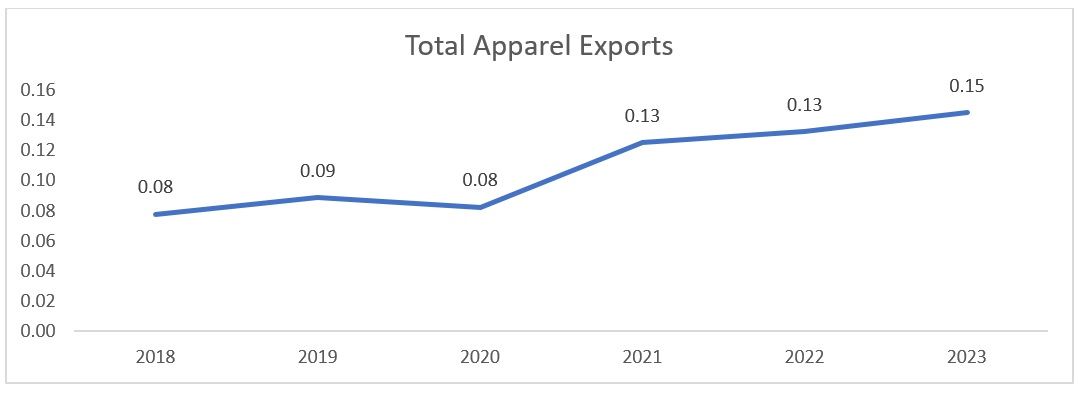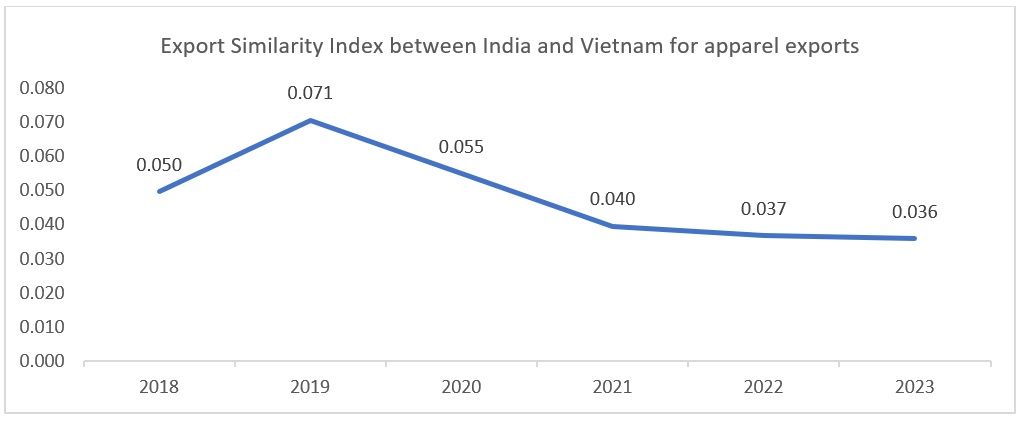
The India-Australia Economic Co-operation and Trade Agreement (ECTA), which took almost 12 years to complete and swing into action, is becoming one of the most utilised FTAs by India for merchandise and services export to Australia. The ECTA gives all Indian exports a duty-free entry into the nation. According to latest data, the ECTA has a utilisation rate of 77 per cent, which is much higher than the recorded utilisation rate of 2-4 percent of all the FTAs India has ever signed. This is also the most utilised trade agreement after the India-UAE FTA.
Mutual benefits
The agreement truly looks at the mutual benefits for both nations as each gets preferential access to the markets of the other. Slashing the duty to zero also has helped boost the bilateral trade. The ECTA has specifically helped boost India’s trade in the manufacturing sector where textiles specifically has received a major boost. The bilateral trade is increasing between both countries, thanks to the transparency and the stringent following of the commitments made in the trade agreement. India expects Australia to emerge as its second most trading partner after the five-year implementation of the ECTA. This can provide the much-needed impetus to the trade for both countries as the trade has consistently declined post the pandemic due to the supply chain disruptions. However, the current trade scenario gives an optimistic outlook for India and Australia to enhance trade.
Magnification of textile trade
The agreement brings a plethora of benefits for India where the exports from the labour-intensive fields have increased. After the disruption of trade due to the supply shocks, the exports in textiles, furniture, and engineering products have seen a significant jump from their initial state. India exports apparel to Australia on a large scale. These exports have been increasing despite the regular tariffs applied by Australia on the import of textiles and apparel from India.
Figure 1: Total Apparel Exports of India to Australia (In $Mn)

Source: ITC Trade Map
The trade has specifically burgeoned thanks to the total reduction in the tariff from 5 per cent to zero by the Australian government. The textile imports from India are subject to zero tariff and surprisingly there are no Non-Tariff Barriers like the quantitative restrictions or the Technical Barriers to trade. Although there are stringent Sanitary and Phytosanitary measures, the apparel exports have no application of such qualitative restrictions, thus giving more scope for the trade to increase further. The share of apparel export in total exports of India has fallen as projected for the year 2023 as the per cent growth in the textile sector is increasing at a decreasing rate, as compared to the growth in the overall exports. But there is a silver lining. According to the Indian government, textile exports of India are on par with other exporting major nations like Vietnam. Although the Export Similarity Index shows reducing similarity in the exports of the nations, it is expected to rise in the next five years of the agreement. Currently, textiles only have a cumulative share of 5 per cent, which is categorised as 2 per cent of apparel and 3 per cent of made-ups, the share may increase in the next five years owing to the elimination of the tariffs on all textile exports.
Figure 2: Export Similarity Index Between Vietnam and India in Apparel Exports

Source: ITC Trade Map, F2F analysis
The big deficit worry
India has huge trade deficits with the UAE, Japan and South Korea -- countries with which it has an FTA. The trade deficit of India with these countries is widening on a year-on-year basis demonstrating the lopsided nature of the agreements signed so far. In fact, the widening of the deficit was one of the reasons why India put its foot down and left the Regional Comprehensive Economic Partnership (RCEP).
However, the India-Australia ECTA has reaped benefits for India and the trade gap has reduced by 15 per cent, thus unfolding benefits of the agreement within one year of implementation, giving more hope for ameliorating a Comprehensive Economic Cooperation Agreement (CECA). With the exports increasing in pharmaceuticals and other commodities, the textile industry also is anticipating the materialisation of the benefits in the coming years.
Taking the agreement one step ahead
After the success of the agreement bilaterally, the further step according to the theory is supposed to be the negotiations for the CECA. According to the agreement signed between both countries, after signing the ECTA, a more comprehensive agreement has to be signed, which may expand the cooperation of the countries to other possible areas – especially the MSMEs, digital trade, and a potential to have an arrangement to deal with the local currencies to reduce the cost of trade and enhance the investment in both the nations.
The Indian textile industry also has a lot of MSMEs. There are around 6,51,512 MSMEs in the textile sector, which also include the handlooms. The CECA can be a major step in actually working out an agreement in the favour of the MSMEs which can be a step towards taking the traditional craft of India global. Inclusion in the FTAs could also lead to an increase in investments, innovation and an enhancement of productivity in the sector. This can be a chance for the traditional crafts industry to revive itself again and increase its footprint worldwide.
A negotiation on the Geographical Indications (GIs) will potentially help to make the atmosphere more conducive for exports from the sector. A study done on the EU markets revealed GIs help enhance the trade between both countries as the consumers are more assured of the quality of the product, thus leading to the relaxation of the Technical Barriers to Trade (TBT). The study also revealed that in a bilateral agreement, the trade will be enhanced if both the participants have GIs. India and Australia already have their own GIs. Thus, negotiations followed by an agreement in this area will certainly enhance the trade.
Both the countries can also negotiate for the settlement of trade in local currencies. According to an EXIM bank report, settling trade in local currencies make export earnings more predictable. The earnings will become less vulnerable to the exchange rate volatility. With the Reserve Bank of India (the country’s central bank) recently having permitted an opening of a Vostro account, having a negotiation on the table for exchanging of local currencies for trade would be a cherry on top for both countries.
A sine qua non for more effective FTAs
India has everything that it takes to become a key textile exporter – the endowments, the resources, the manpower etc. From the policy front, however, working on more effective FTAs and CECAs is required to ensure that the benefits are not lopsided. Moreover, the current India-Australia ECTA can be an excellent example for the country to redefine the existing trade agreements to make them more beneficial.
ALCHEMPro News Desk (MI WE)
Receive daily prices and market insights straight to your inbox. Subscribe to AlchemPro Weekly!